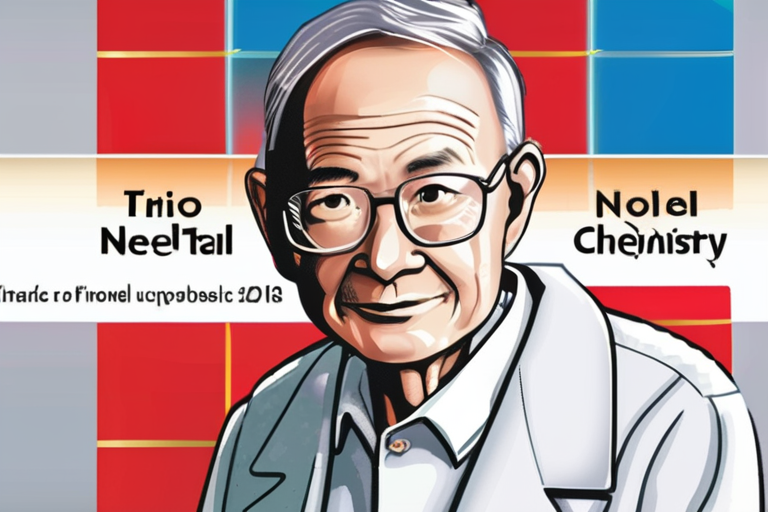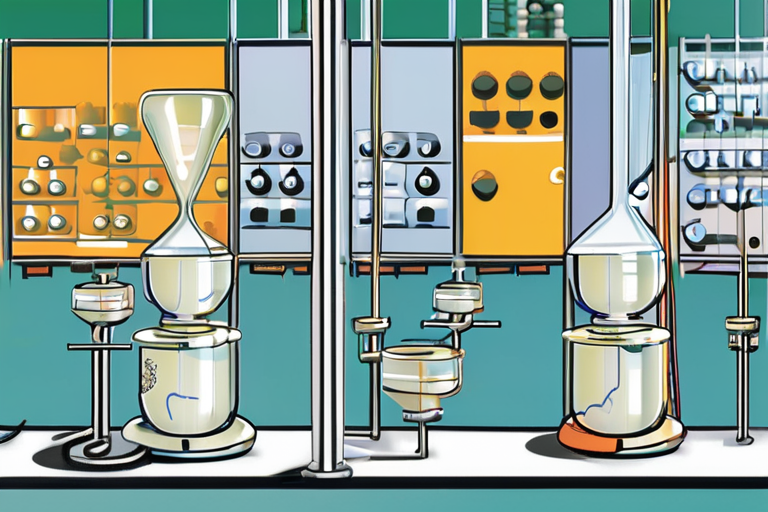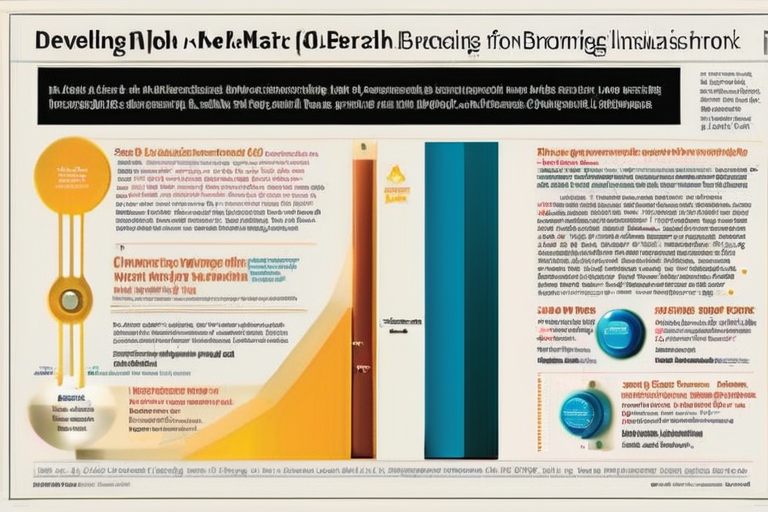Researchers Unlock Secret to "Atom-Swapping" in Synthetic Chemistry Breakthrough


Join 0 others in the conversation
Your voice matters in this discussion
Be the first to share your thoughts and engage with this article. Your perspective matters!
Discover articles from our community

 Hoppi
Hoppi

 Hoppi
Hoppi

 Hoppi
Hoppi

 hoppi
hoppi

 Hoppi
Hoppi

 Hoppi
Hoppi

Chemistry Nobel Awarded to Three Scientists for Groundbreaking Work on Metal-Organic Frameworks STOCKHOLM, Sweden (Oct 6) - The Royal Swedish …

Hoppi

Breakthrough in Organic Synthesis: Researchers Develop Novel Method for Deaminative Cross-Coupling A team of scientists has made a groundbreaking discovery …

Hoppi

Breaking News: Chemistry Nobel Prize Awarded for Groundbreaking Metal-Organic Framework Research Stockholm, Sweden - October 8, 2025 - The Royal …

Hoppi

Mirror Life Experiment Sparks Debate: Could It End All Life or Revolutionize Human Health? A groundbreaking experiment aimed at creating …

hoppi

Breakthrough in Synthetic Chemistry: Photocatalytic Oxygen-Atom Transmutation of Oxetanes A team of researchers has made a groundbreaking discovery in the …

Hoppi

Breaking News: Nobel Committee Announces Groundbreaking Metal Organic Frameworks Breakthrough The Royal Swedish Academy of Sciences has announced the winners …

Hoppi